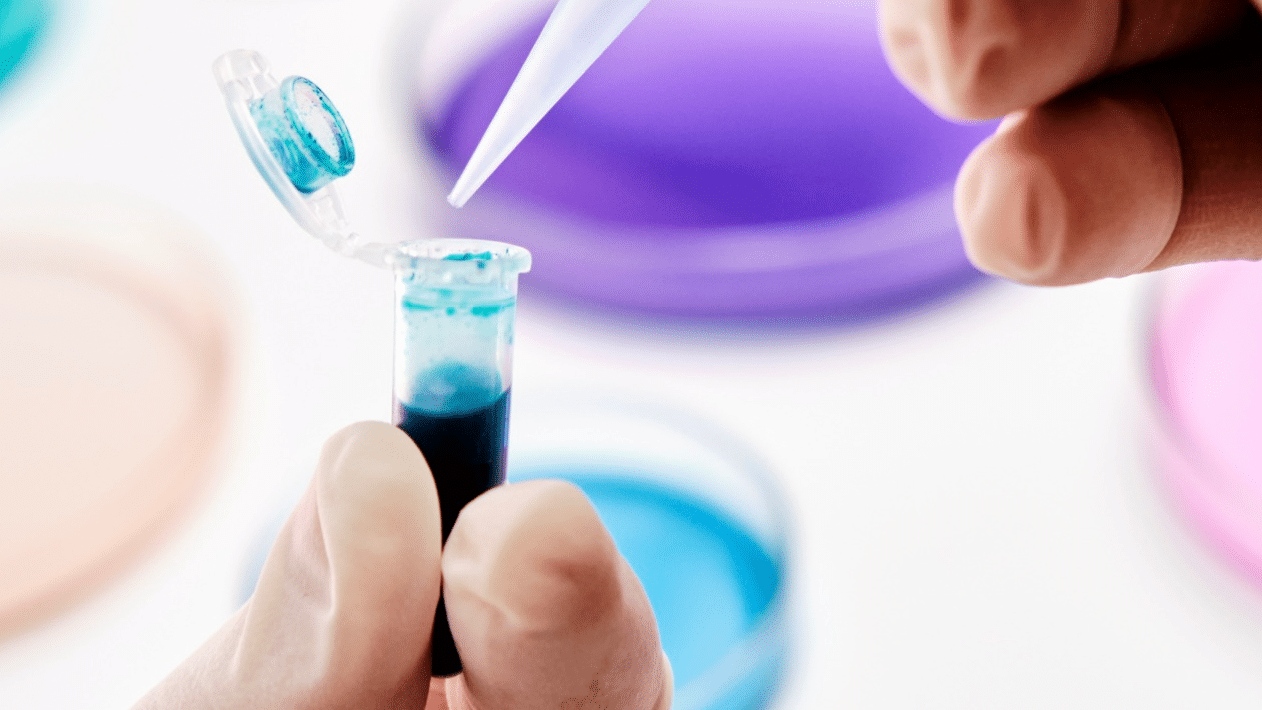Female Infertility Tests: Understanding the Diagnostic Process
Infertility can be a challenging and emotionally taxing journey for couples who are trying to conceive. When it comes to identifying the causes of infertility in women, a series of tests are often conducted to assess various aspects of reproductive health. These tests help healthcare professionals determine the underlying factors contributing to infertility and develop an appropriate treatment plan. In this article, we will explore the common female infertility tests, their purposes, and what to expect during the diagnostic process.
Initial Assessment and Medical History
The first step in the infertility testing process is an initial assessment and medical history evaluation. During this consultation, the healthcare professional will discuss your medical history, including any pre-existing conditions, surgeries, or medications that may impact fertility. They will also inquire about menstrual cycle regularity, previous pregnancies, and any symptoms that may suggest underlying reproductive issues.
Blood Tests
Blood tests are a valuable tool in evaluating female fertility. These tests help assess hormone levels and identify any hormonal imbalances or disorders that may impact ovulation and reproductive health. Some common blood tests performed during infertility evaluations include:
1. Follicle-Stimulating Hormone (FSH): FSH is responsible for stimulating the growth of follicles in the ovaries. Elevated FSH levels may indicate reduced ovarian reserve or potential issues with egg quality.
2. Luteinizing Hormone (LH): LH triggers ovulation, and abnormal levels may suggest irregular ovulation or other hormonal imbalances.
3. Estradiol: Estradiol is the primary form of estrogen in the body. Abnormal levels may indicate issues with ovarian function or egg quality.
4. Progesterone: Progesterone is essential for maintaining a healthy pregnancy. Low levels may suggest inadequate ovulation or problems with the corpus luteum, which produces progesterone after ovulation.
5. Thyroid-Stimulating Hormone (TSH): TSH is involved in regulating thyroid function. Thyroid disorders can impact fertility, and abnormal TSH levels may indicate underlying thyroid issues.
6. Prolactin: Prolactin is responsible for milk production, but elevated levels may interfere with ovulation and fertility.
Ovarian Reserve Testing
Ovarian reserve testing provides insight into the quantity and quality of a woman’s eggs. These tests help determine the potential for successful ovulation and conception. Common ovarian reserve tests include:
1. Anti-Mullerian Hormone (AMH): AMH levels reflect the number of eggs remaining in the ovaries. Low AMH levels may suggest diminished ovarian reserve.
2. Antral Follicle Count (AFC): An AFC ultrasound measures the number of small follicles present in the ovaries. A low AFC may indicate diminished ovarian reserve.
3. Day 3 Follicle-Stimulating Hormone (FSH) and Estradiol Levels: FSH and estradiol levels are evaluated on the third day of the menstrual cycle to assess ovarian function and reserve.
Ovulation Testing
Ovulation testing helps determine if and when ovulation occurs. It can be done using various methods, including:
1. Basal Body Temperature (BBT) Charting: BBT charting involves taking your temperature daily to detect the slight rise in basal body temperature that occurs after ovulation.
2. Ovulation Predictor Kits (OPKs): OPKs detect the surge in luteinizing hormone (LH) that occurs prior to ovulation.
3. Serial Ultrasounds: Serial ultrasounds track the growth and development of follicles in the ovaries, helping determine when ovulation is likely to occur.
Hysterosalpingography (HSG)
Hysterosalpingography (HSG) is a diagnostic imaging test that evaluates the structure of the uterus and fallopian tubes. During the procedure, a contrast dye is injected into the uterus, and X-rays are taken to assess the shape of the uterus and determine if the fallopian tubes are open and functioning properly. HSG can identify uterine abnormalities, such as fibroids or polyps, as well as blockages or damage to the fallopian tubes.
Pelvic Ultrasound
A pelvic ultrasound is a non-invasive imaging test that uses sound waves to create images of the reproductive organs. It can help identify structural abnormalities in the uterus or ovaries, such as fibroids, polyps, or ovarian cysts. Pelvic ultrasound can also assess the thickness of the uterine lining and evaluate the number and size of follicles in the ovaries.
Laparoscopy
Laparoscopy is a surgical procedure that involves inserting a thin, lighted instrument called a laparoscope through small incisions in the abdomen. It allows for direct visualization of the reproductive organs, including the uterus, fallopian tubes, and ovaries. Laparoscopy can diagnose conditions such as endometriosis, pelvic adhesions, or ovarian cysts that may contribute to infertility.
Female infertility tests are an essential part of the diagnostic process for couples struggling to conceive. These tests help identify potential causes of infertility and guide healthcare professionals in developing an appropriate treatment plan. From blood tests and ovarian reserve testing to imaging procedures like HSG and laparoscopy, the diagnostic journey may involve various tests depending on individual circumstances. By working closely with a healthcare professional specializing in reproductive health, couples can gain a better understanding of their fertility status and explore appropriate treatment options to fulfill their dream of starting a family.









